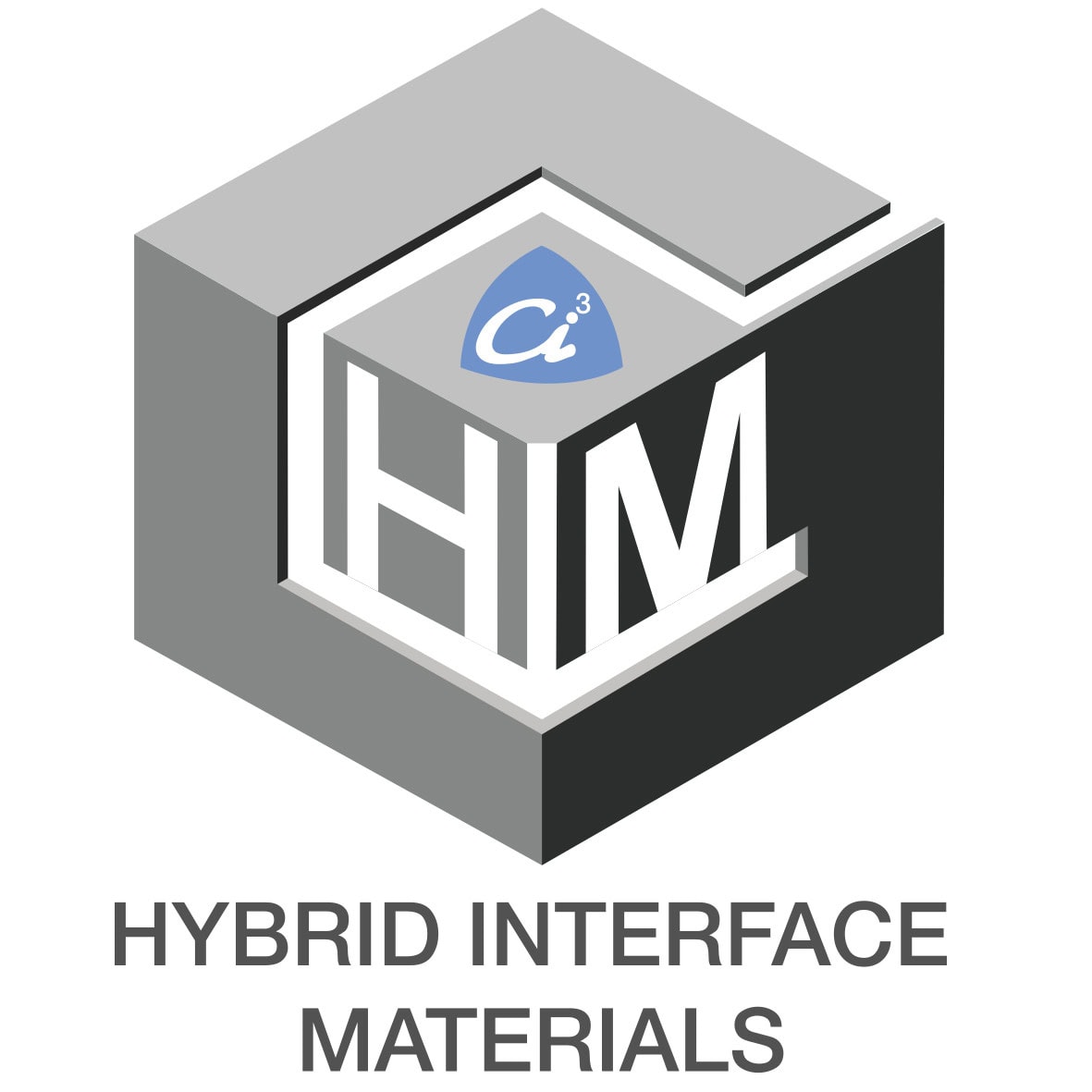Focused Session 5: High Voltage Materials for Advanced High Power Electrical Applications
High voltage (HV) electrified systems for aerospace and terrestrial applications are getting a lot of attention due to their importance in enabling the next generation of high-power technologies for aircraft and space exploration where lightweight, compactness and high-speed power transmission are critical. Electrified systems require the development of novel lightweight multifunctional materials to lower the specific weight of power cables’ insulation and conductor architectures. An improvement from state of the art in conductor and electrical insulation is a step forward in that advancement of the technology. Carbon fibers and other carbon nanomaterials have been considered to lower the specific weight of the electrical conductor, by trying to achieve conductivities like or better than copper. While the polymers used in state-of-the-art electrical insulation materials are not enough to achieve the performance required for these applications, and the addition of ceramic fillers are being studied to improve their performance. Moreover, the developed materials systems need to function properly at high voltages while withstanding extreme missions’ electrical, chemical, thermal, and mechanical loading profiles. This necessitate developing relevant high voltage testing methods and combine it with identification, quantification and modelling of durability, failure mechanisms, and aging and life models of high voltage materials and components. In addition, the developed test capabilities should be used to measure the developed materials electrical properties such as ampacity, electrical conductivity, and breakdown voltage and mechanical properties such as stiffness, strength and fatigue durability and thermal properties such as thermal conductivity and upper temperature capability. This symposium solicits abstracts related to the development and processing of lightweight electrical conductors, electrical insulation, and hybrid materials and components such as wires and cables as well as their testing in extreme environments, characterization, and performance. Although this solicitation is for Aerospace application, it is also beneficial to terrestrial application.
Proposed Session Topics
- Development of lightweight durable conductors with metals and/or nanomaterials or carbon inclusions
- Electrical insulation development, using ceramic fillers in polymer and other novel materials and methods
- Ceramic candidates to improve electrical insulation performance.
- Lifecycle characterization of HV power transmission components
- Processing of HV electrical component materials to form reliable electrical insulation and conductors
- Development of techniques to test, characterize and design components in aerospace conditions at HV
- Identification, quantification and modelling of durability and failure mechanisms of high voltage materials
- Modelling the electrical performance of conductors and insulations in extreme environments
Symposium Organizers
- Maricela Lizcano, NASA Glenn Research Center, USA
- Diana Santiago, NASA Glenn Research Center, USA
- Amjad Almansour, NASA Glenn Research Center, USA
- Michael F. Mulzer, DuPont, USA
- Gian Carlo Montanari, University of Bologna, Italy / Florida State University, USA
- Ian Cotton, University of Manchester, UK / aerospace HV Ltd., UK
- Michael Cullinan, University of Texas, USA
- Mehran Tehrani, University of California, San Diego, USA
- Vesselin Shanov, University of Cincinnati, USA
- Marina Gandini, Prysmian Group, Italy
- Chanyeop Park, University of Wisconsin, USA
- Zhiting Tian, Cornell University, USA
Point of Contact
- Maricela Lizcano: lizcano@nasa.gov
- Diana Santiago: santiago@nasa.gov
- Amjad Almansour: s.almasour@nasa.gov
49th International Conference and Expo on Advanced Ceramics and Composites (ICACC2025)
January 26, 2025 • January 31, 2026


